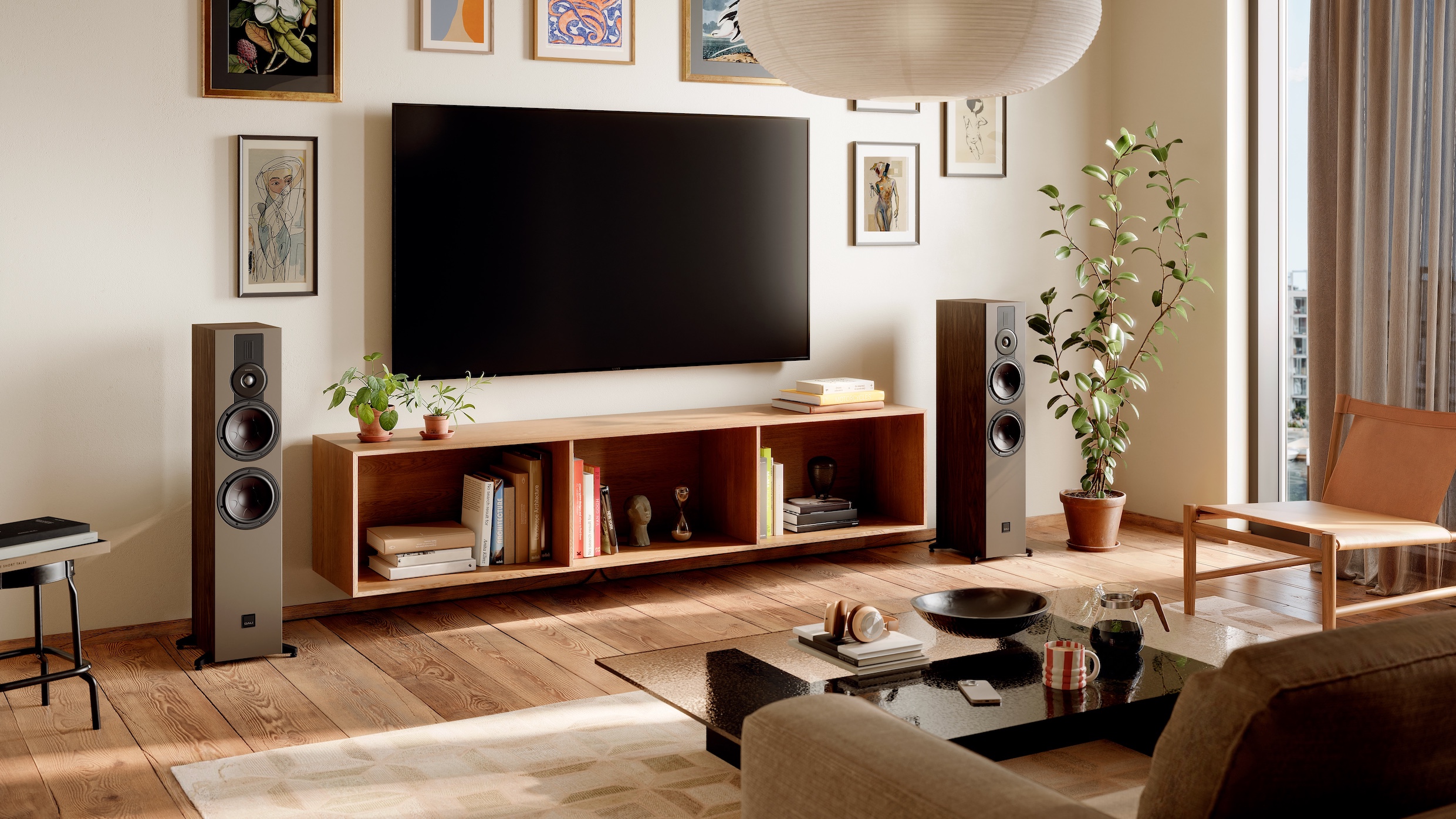What Hi-Fi? Verdict
For those simply looking to improve on the sound of their TV for just a couple of hundred pounds, the Yamaha SR-C20A is a great option
Pros
- +
Focused, clear presentation
- +
Rich tone
- +
Great size
Cons
- -
Could be more expressive
Why you can trust What Hi-Fi?
As with any market that becomes congested, manufacturers are trying every trick in the book to make their soundbar stand out. For only a few hundred pounds these days you can have it all: mile-long bar, massive sub and every 3D sound technology so far invented.
Sound quality, however, is often secondary. After all, if you can sell a cheap soundbar before anybody’s heard it then you’re unlikely to get many returns – unless it sounds absolutely atrocious.
Build
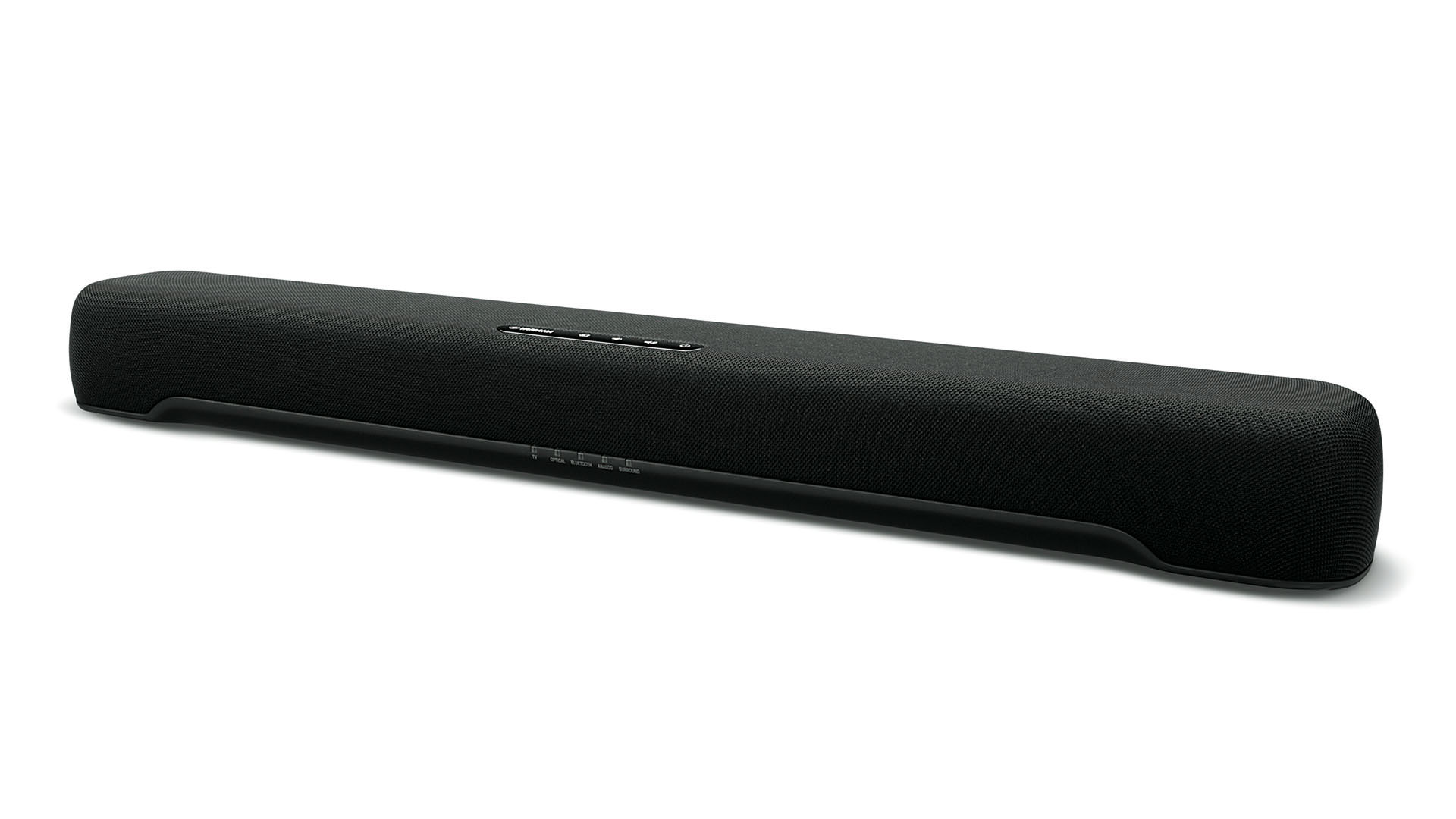
It’s almost a relief, then, when we receive an affordable product such as the SR-C20A and find it to be free of frills, almost basic. It suggests Yamaha has focused on designing a great-sounding compact soundbar that will improve your TV’s sound with little fuss. And if you take a look at our 2020 Award winners, you’ll see that is an approach we like a lot.
At only 60cm wide and 6.4cm tall, the SR-C20A will have little trouble sitting beneath any TV (a 32-inch set is about 70cm in width) or, as Yamaha suggests, a computer monitor for more immersive gaming. Not that it is content sounding that small.
Features
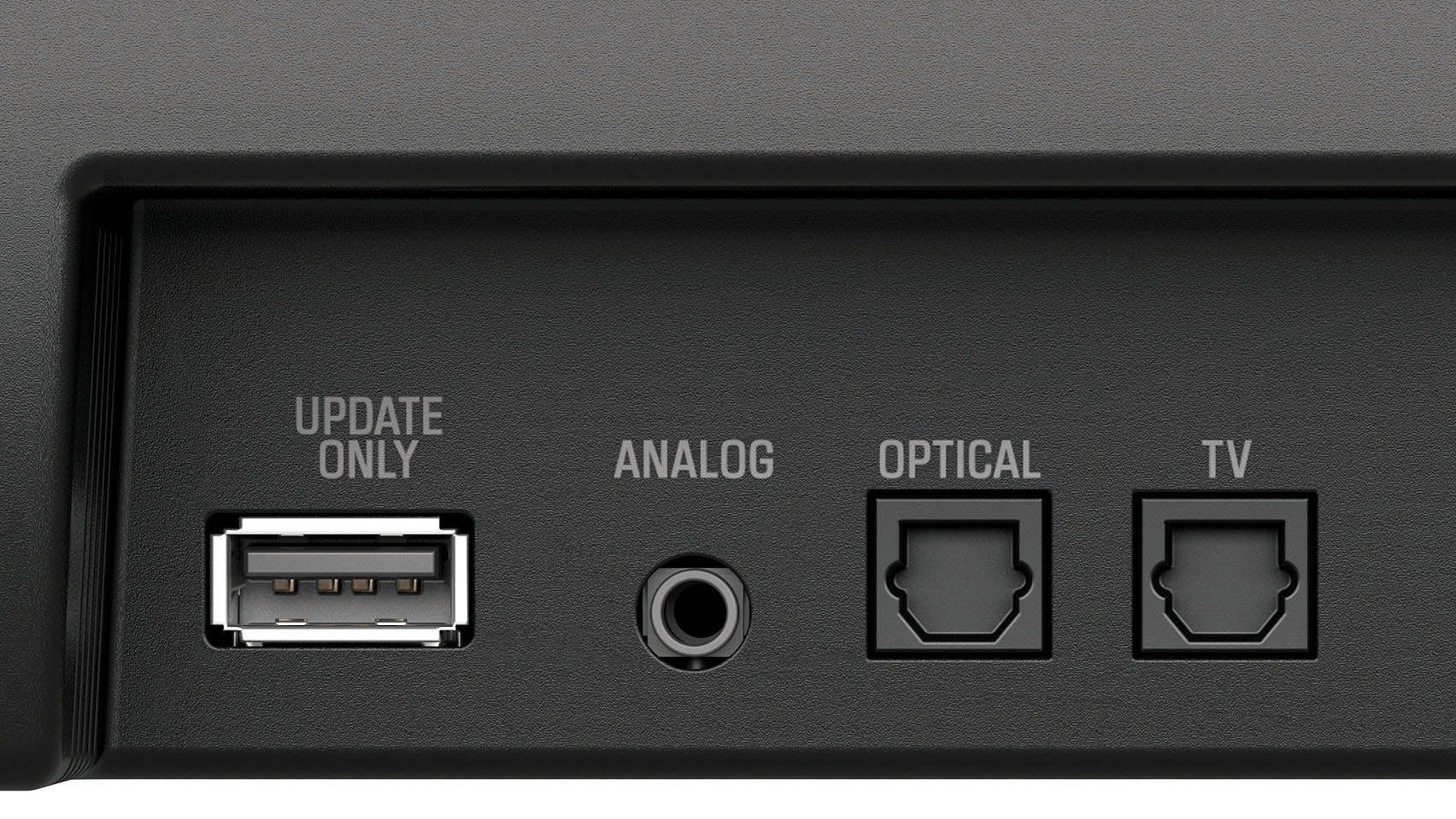
The SR-C20A promises volumes and depth belying its stature thanks to its pair of 46mm full-range drivers and integrated 75mm subwoofer with dual passive radiators. Though there is no attempt made here to deliver counterfeit height channels, it does use Yamaha’s Virtual Surround Technology to help create room-filling sound you might not readily associate with a soundbar of its size.
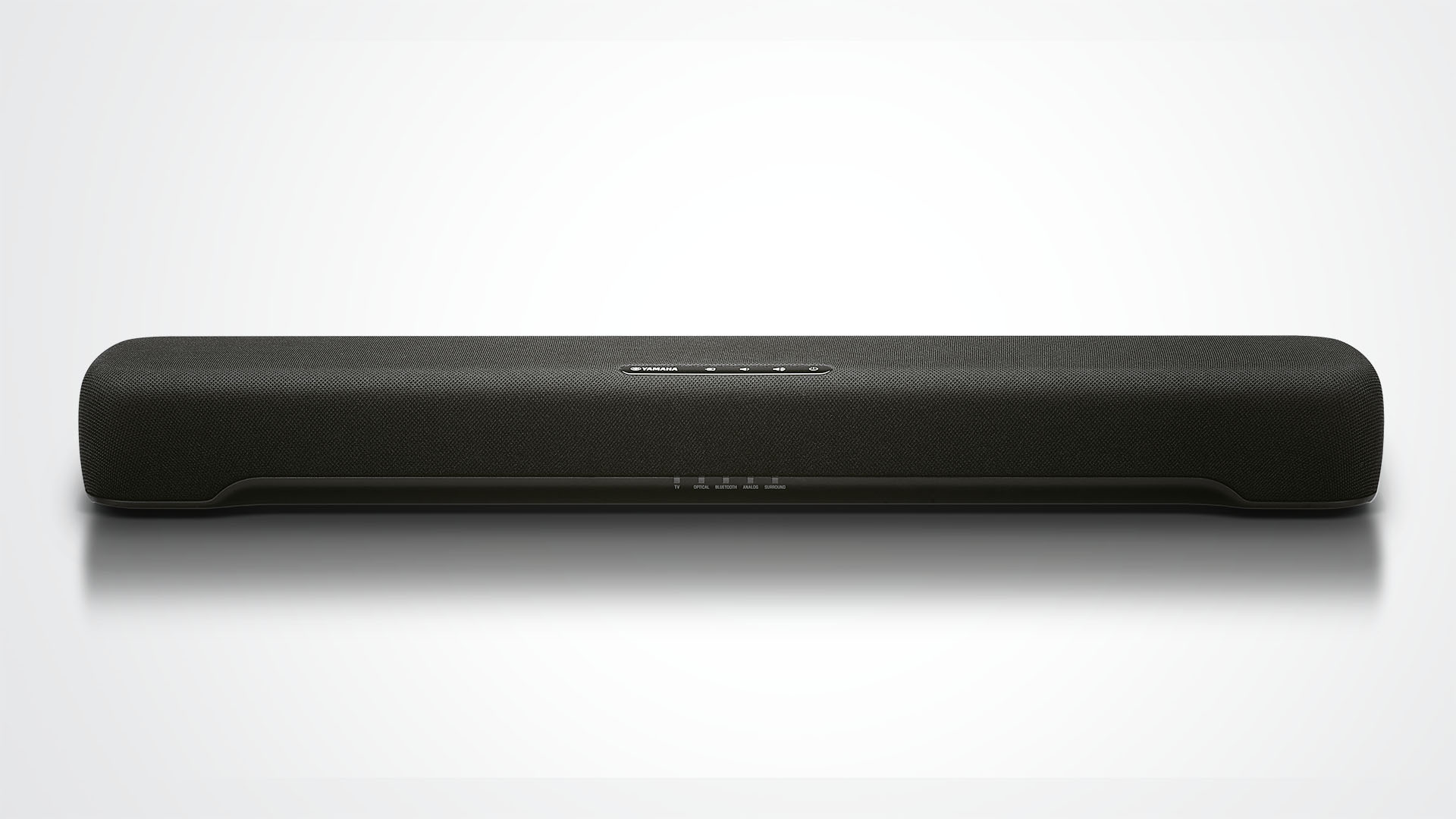
Bluetooth version 5.0
Output power 100W
AirPlay No
Dolby Audio Yes
Inputs/outputs HDMI, optical x2, analogue audio
Dimensions (hwd) 6.4 x 60 x 9.4cm
Weight 1.8kg
Things are kept simple at the back of the unit, too. Between the keyholes for wall mounting are two optical inputs, one 3.5mm analogue in and an HDMI ARC out – there is also a USB socket, for updates only. And if you don’t want to connect your new soundbar to anything but the power, Bluetooth 5.0 is on board for wireless streaming.
You’ll also find a few touch controls on top of the SR-C20A for source selection, power and volume, and LEDs at the front signifying the source in use, but otherwise, this is a pleasingly clean soundbar. In fact, you’ll find much more going on with the remote than the unit itself.
The latest hi-fi, home cinema and tech news, reviews, buying advice and deals, direct to your inbox.
Yamaha has its own Sound Bar Remote App from which you can control all aspects of the SR-C20A, but we’re pleased to have a physical controller in the box as well. As well as the basics, you can use this remote to tweak subwoofer levels and select from four sound modes: Stereo, Standard, Movie and Game.
There are also buttons for Bass Extension, should you want to give more emphasis to the lower frequencies, and Clear Voice, which picks out dialogue and allows it to be more audible when otherwise it may get lost in a busy scene.
All potentially useful, though inevitably the SR-C20A sounds its best in its standard settings, with the bass dialled back depending on the surface the unit is placed on. Leave it to do its work in its most basic mode, and this is a cost-effective soundbar well worth your attention.
Sound
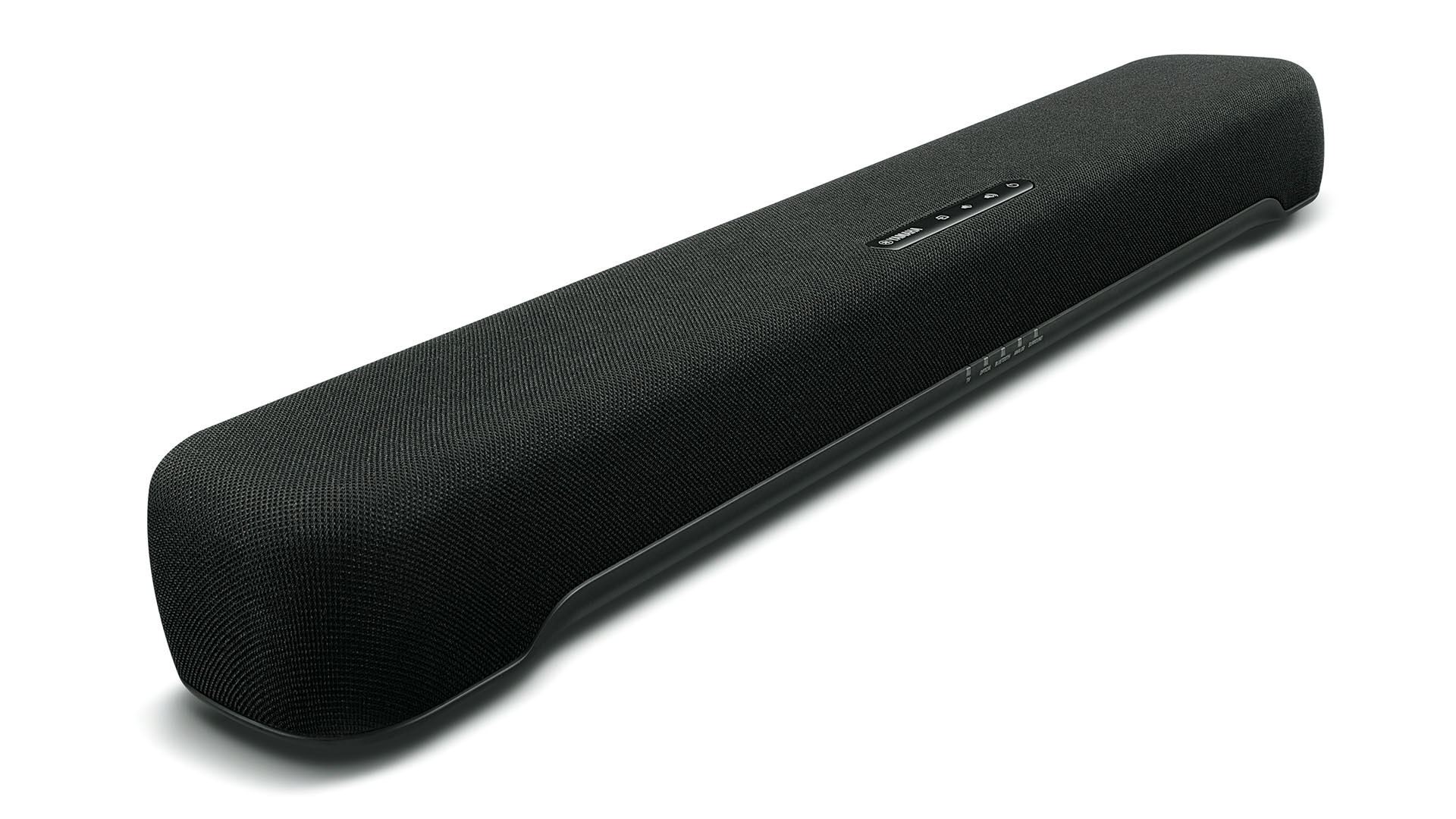
The SR-C20A delivers that rich Yamaha tone, immediately promising a performance it’d be difficult to dislike. The midrange in particular is full-bodied and clear, the SR-C20A’s woofer making itself known by providing solid foundations, if not exactly rumbling the walls of the room.
There is a commendable level of detail on offer for a soundbar at this price, too, and overall clarity is good. Yamaha is clever enough to know why people buy products such as these, and has succeeded in delivering a clear and focused presentation that will improve on that of any regular flat-screen TV. The SR-C20A’s dimensions mean the sound is a little closed in at times – when scenes become particularly busy and at higher volumes – but never to the extent it becomes messy or unintelligible.
The main area in which it lacks a little something is in terms of dynamic expression. This Yamaha is indeed quite interesting – you couldn’t go as far as to accuse it of being flat – but it doesn’t quite convey the lilts and emphases of dialogue in a way we’d want in order to give it a full five stars.
That affects its use as a wireless speaker for music too, or for watching music shows on TV, as does a slightly pedestrian sense of timing. It’d be harsh to compare the SR-C20A directly with a sole-purpose speaker at the same price, but rhythmically we’d still like a little more energy and impetus. It’s why the Sonos Beam is well worth the extra outlay if you can afford it.
Verdict
But that doesn’t mean this soundbar is unworthy of our recommendation. It is still a clear step up from the sound of most TVs, while its price and dimensions make it easy to accommodate in just about every way.
Of course, there are better soundbars out there, but you’d have to be willing to spend a chunk more. At this price, the Yamaha SR-C20A is a worthy contender for a spot in your living room.
SCORES
- Sound 4
- Features 5
- Build 5
MORE:
Read our guide to the best soundbars
Read our Sonos Beam review
Read our Yamaha SR-B20A review
Read our JBL Bar 5.0 MultiBeam review
What Hi-Fi?, founded in 1976, is the world's leading independent guide to buying and owning hi-fi and home entertainment products. Our comprehensive tests help you buy the very best for your money, with our advice sections giving you step-by-step information on how to get even more from your music and movies. Everything is tested by our dedicated team of in-house reviewers in our custom-built test rooms in London, Reading and Bath. Our coveted five-star rating and Awards are recognised all over the world as the ultimate seal of approval, so you can buy with absolute confidence.

